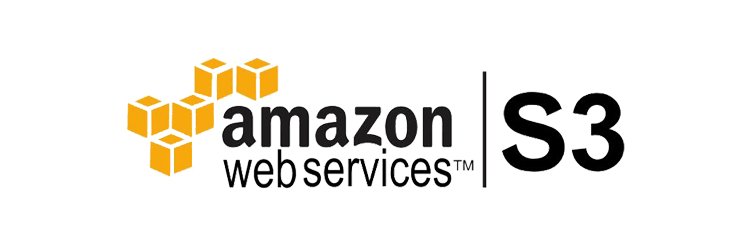

The university’s HIPAA policies and procedures can be found here.
#HIPPA COMPLIANT FOLDER BACKUP HOW TO#
See the instructions in the previous section for specific guidance on how to do this. You are still responsible for ensuring that your data is stored and shared securely, however. Microsoft has entered into a Business Associate Agreement (BAA) with the university and OneDrive for Business has been configured for HIPAA compliance. For appropriate users to continue to have access, you will need to re-share access using a different type of link (e.g., “People you specify can edit”) and then remove the “Anyone with the link can edit” link. If you had generated a link allowing “Anyone with the link can edit”, for example, and then discovered during a review that it was being used by several people (some appropriately some not), removing the link will remove access for all users. NOTE: If you remove a link type, it will automatically remove access for everyone who has that link. Remove an entire link type by clicking the three dots to the right of the link name and then clicking the X to the right of the link name on the following screen.Remove access for any user by clicking the X to the right of their name/email address.Share with new users by clicking Share in the top right corner of the screen and then following the How To Share instructions in the tab above.From this screen, you can do several things:.


For each list, you can see who has been given the link (click “Anyone with the link can edit” to see a list of users for that link type.).In the screenshot below, you can see that three types of links have been generated - “Anyone with the link can edit”, “People you specify can edit” and “People you specify can view”.Review the resulting screen to see individuals and groups with access.From the drop-down menu, select “Manage access”.Selecting the folder or file you want to review.

It is a good way of making sure that the file continues to be shared appropriately and meets expectations for protecting data. Periodically review who a file or folder has been shared with, particularly for older files. Do not set a link to “Anyone with the link can edit” or view because it will work for anyone that you send the link to, anyone they forward the link to, etc.This is the proper method for sharing confidential or highly confidential data. “Specific People” is the most restrictive type of access link since it will only work for the specific people that you add.If you click this text, you can change not only the permissions you are granting, but also who the link works for: The default permission is “People you specify can edit”.Begin typing the name of the person you want to add, then select from the list.From the drop-down menu, select “Share”.Click the three dots to the right of the file name.From the list of files/folders in OneDrive, select the folder or file you want to share.that you have open, etc.) Regardless of how you start, the options are very similar. There are several ways to share files (e.g., from the list of files/folders in OneDrive, from a document, spreadsheet, etc. Understanding this sharing/permission hierarchy will help you to ensure that your file/folder sharing is appropriately controlled. Do not set a link to “Anyone with the link” because it will work for anyone that you send the link to AND anyone they forward the link to, etc.When sharing links, you can specify if the link will only work for a particular person, will work for anyone with the link (do NOT use with Confidential or Highly Confidential data!), will work for anyone within “The University of Colorado Denver” account who has the link (do NOT use with Confidential or Highly Confidential data!), will work for people with existing access, etc.Files can be shared as attachments to emails, or you can send a link to the file location in OneDrive.If you share a folder, the permissions granted will apply to every file within that folder unless they are specifically changed. When you share a file or folder, you can also specify what the user can do-e.g., edit, view only, block download, etc. Individual files, as well as folders, can be shared with other users or with groups of users.Only grant access to people who are authorized to view it!.Accessibility Best Practices for Remote Instruction.Securing Your Data in OneDrive for Business.On-Campus and Hybrid Technology ResourcesĬU Secure and Multi-Factor Authentication CU Denver Student Computer Labs and Study Spaces


 0 kommentar(er)
0 kommentar(er)
